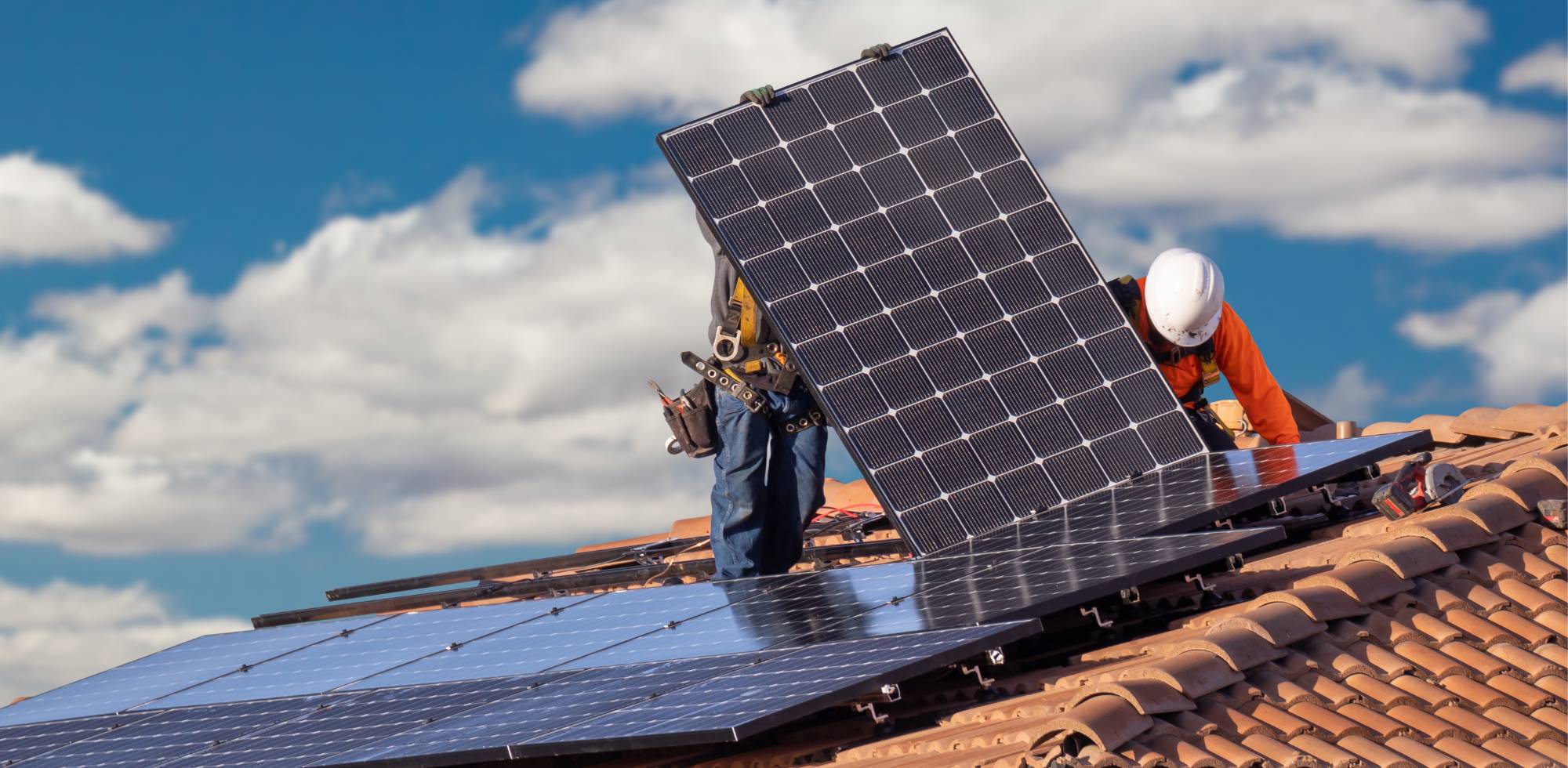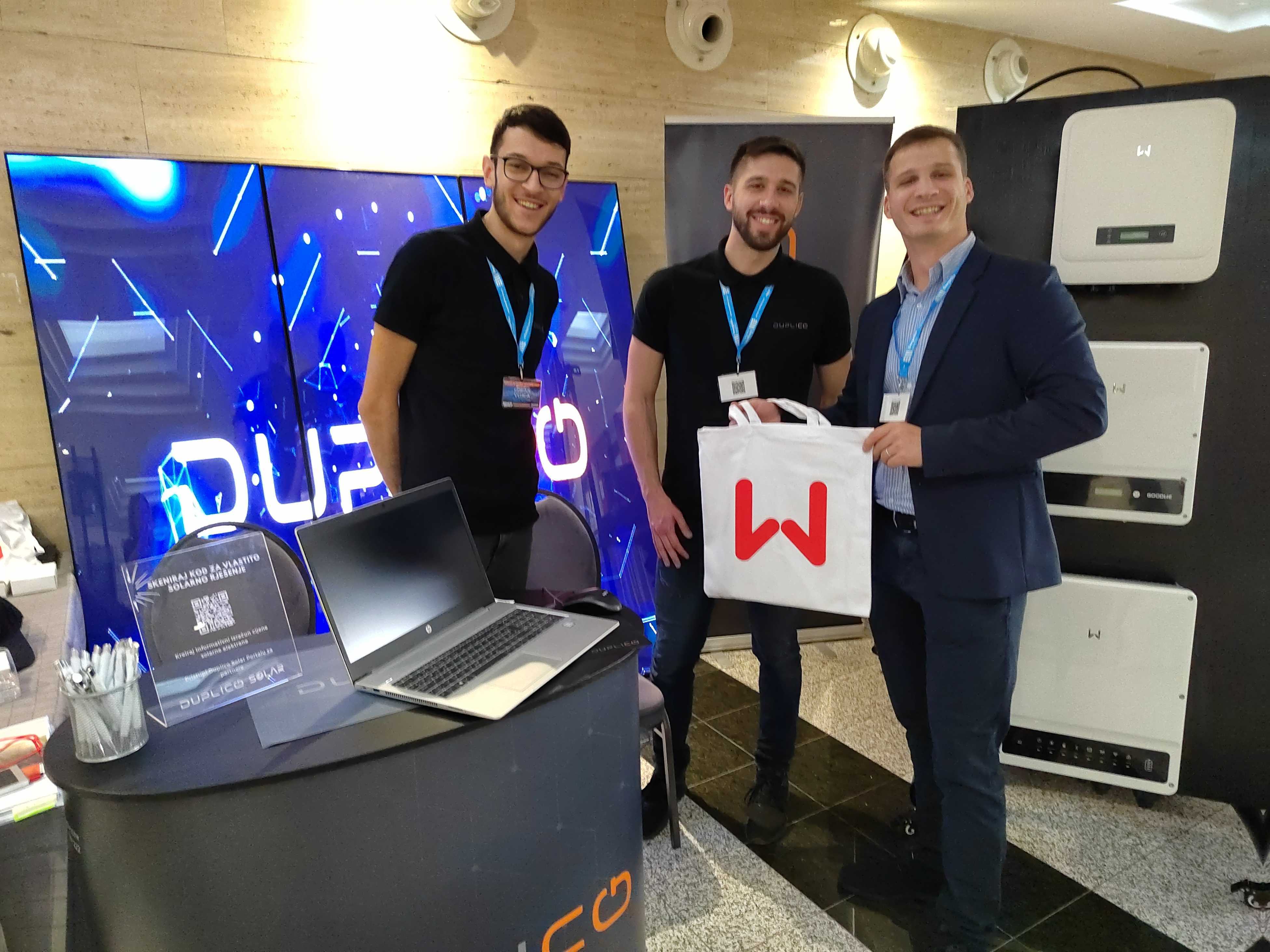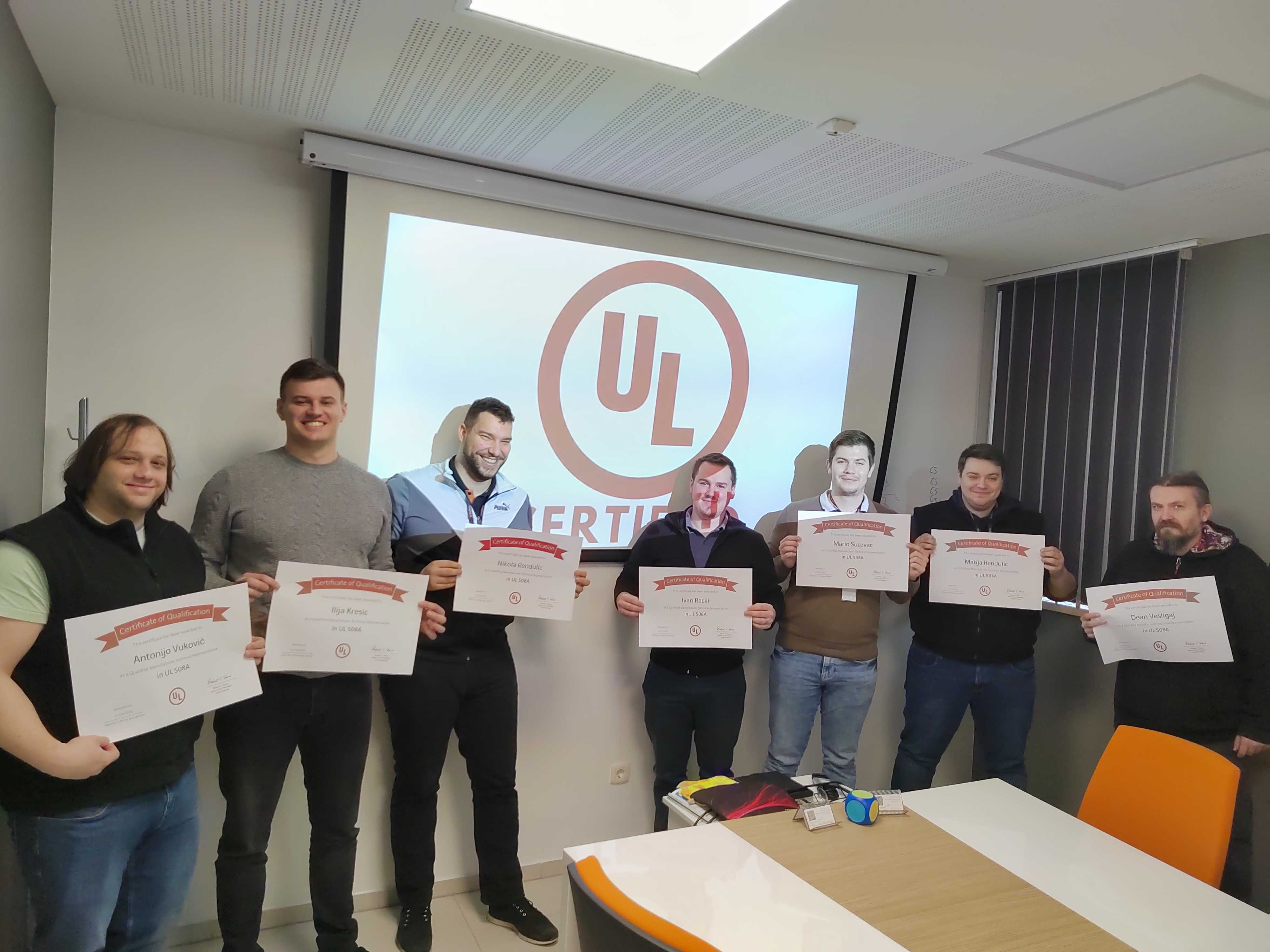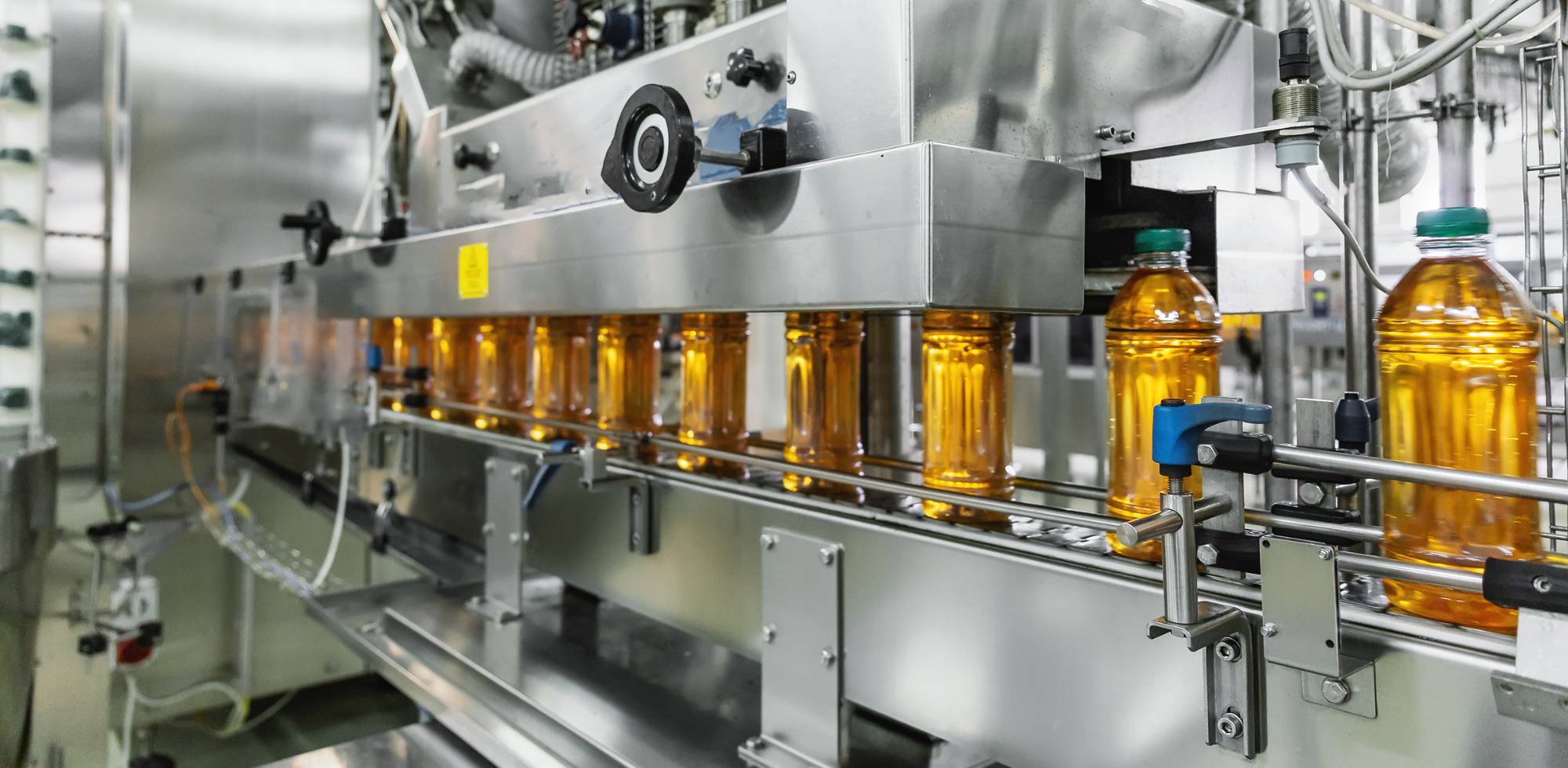Solar energy is becoming an increasingly popular source of energy for many households. With solar power plants, facilities can now use solar energy to heat water, cool their premises, light up their homes, and power household appliances.
Solar power plants are very popular in Croatia due to the warm climate with lots of sunshine. By using renewable energy, investors can have an energy-independent and self-sustaining household.
Energy independence refers to a facility that is completely independent of public energy suppliers.
Photovoltaic (PV) power plants, better known as solar power plants, create electricity by collecting sunlight through complex processes.
How do solar power plants work?
Solar power plants generate electricity using solar cells (photovoltaic cells) that capture the electrons that are released when the solar plant absorbs light, thereby allowing electricity to flow in the solar panel to convert sunlight energy into electricity.
When sunlight shines on the solar panel, the photovoltaic cells absorb the energy of the sunlight. Sunlight creates electrical charges that cause electricity to flow in the solar power plant. Connecting a large number of solar cells creates a solar panel (also called a photovoltaic or PV panel). While a larger set of solar panels make up a solar power plant.
The solar power plant is protected by non-reflective glass, which protects the solar panel from harmful external influences such as rain, hail, snow, wind, and other factors that can cause the failure of the solar power plant.
Solar equipment
Solar power plants come with equipment. In addition to solar panels (PV - photovoltaic panels), the equipment includes inverters, an electricity meter, 'smart' solutions such as platforms for monitoring solar power plants, and accompanying equipment such as a solar power mounting system (static roof mounting system or ground-fixed static mounting system) and electrical connection for the electricity distribution network.
Solar inverters
Solar power inverters or PV inverters are one of the most important parts of solar power systems. Inverters are divided into string inverters, and microinverters.
When sunlight shines on the solar power plant, electrons transfer electricity from the solar cell to the string inverter. Then, the string inverter converts the direct current electricity (generated by the solar cell), into alternating current so that it can be used by the solar plant owner's facility.
In addition to string inverters, solar power plants can also use micro-inverters. Namely, the micro inverter is a device that is placed under each solar panel. It serves so that each solar panel can work independently in case of problems with other solar panels. Micro-inverters convert direct current electricity into alternating current electricity that is used by the facility.
The big advantage of a micro-inverter over a string inverter is that it enables each solar panel to function independently.
Power optimizers convert electricity from direct current to alternating electrical current. The power optimizers are connected by a series of solar panels, which allows the performance of each solar panel to be equal to the lowest-performing one. Since the micro-inverter allows each solar panel to operate independently, regardless of the failure of individual panels, it produces a larger amount of electricity than the power optimizer allows.
Electric meter for measuring the electricity of solar power plants
An electric meter is a device for measuring the consumption of electricity used by a certain object. When using solar power plants, electricity consumption is measured in the same way with an electric meter.
Using the reading of the electric meter, calculations are made for the billing of energy consumption in all households. The monthly bill for electricity consumption depends on the tariff calculation model. When using a solar power plant, the electricity meter must be bidirectional to be able to record the amount of electricity taken and delivered.
Using 'smart' solutions in solar equipment
GoodWe SEMS (Smart Energy Management System) is an innovative platform for monitoring and managing solar power plants in different locations in real-time. The advantage of this platform is that it enables the graphical visualization of important data and offers an alarm function with which users of solar power plants can effectively monitor the functioning of solar systems and detect malfunctions in time.
The function of the optimized alarm system independently analyzes and resolves faults, and classifies and prioritizes critical faults for the user to avoid potential losses of electricity. As an additional protection and security of the solar system, SEMS provides three-factor data protection for users.
For additional solar power plant safety, GoodWe uses a 'Smart AFCI 2.0' fault detection device. Smart AFCI 2.0 is a device that detects faults in the electrical system to prevent fires that can be caused by faulty connections and cables.
Duplico has various innovations in the field of energetics and thus uses special software solutions to assess the slope and load capacity of the client's rooftop. Duplico develops solar power plant projects to implement the optimal solar power plant for the facility.
Also, the solar power plants we install include a multi-year warranty, and our Duplico Solar team is with you from the initial planning of the solar power plant to its final installation at your facility.
It takes a couple of minutes for you to calculate the expense of your solar project. Try it out here.



